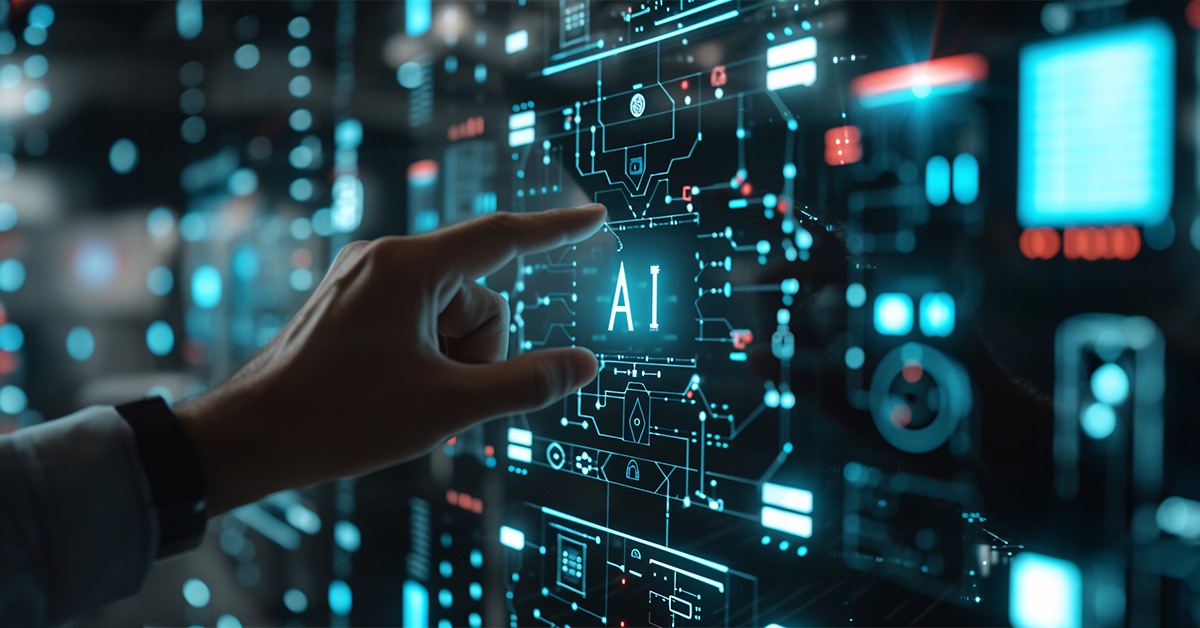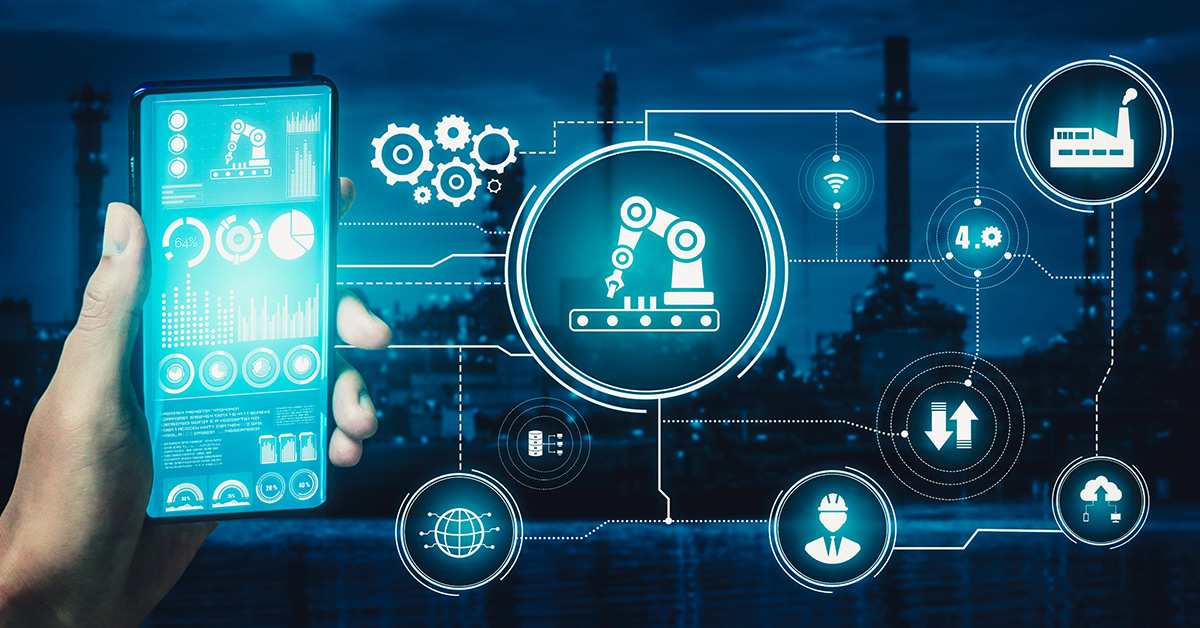
From Exclusivity to Accessibility: The Story of AI Democratization
Imagine a world where AI isn’t a mysterious force wielded by tech giants but a toolbox accessible to everyone. A world where students can design chatbots that tutor classmates in complex subjects, artists can create AI-powered paintings that dance with emotion, and entrepreneurs can build AI-driven solutions to local problems. This isn’t science fiction; it’s the dawning age of AI democratization.
Table of Contents
It’s about tearing down the walls of exclusivity and handing the power of artificial intelligence to the people. Whether you’re a seasoned programmer or a curious newcomer, here’s your chance to unlock the immense potential of AI and become an active participant in shaping its future. So, grab your intellectual shovel, dive into this guide, and let’s democratize the future of intelligence together.
What is AI Democratization?
What is AI democratization? It’s about making AI accessible to everyone, not just those with a Ph.D. in computer science. It’s about empowering individuals and organizations of all sizes to leverage the power of AI for their specific needs.
Why is AI democratization important? AI holds immense potential to revolutionize various fields, from healthcare and finance to manufacturing and agriculture. By democratizing AI, we unlock innovation at a much larger scale. It fosters a more inclusive AI landscape, where diverse perspectives can contribute to its development and application, leading to solutions that better reflect the needs of society.
Understanding AI Democratization
Traditionally, AI development was resource-intensive, requiring specialized knowledge and expensive computing power. This limited AI’s reach to a select few.

Key Concepts and Terminology:
- Citizen Data Scientist: Individuals empowered to leverage AI tools with minimal coding experience.
- Low-code/No-code AI tools: Platforms that allow building and deploying AI models without extensive programming.
- Open-source AI: Freely available datasets and code that anyone can access and modify.
- Current State of AI Democratization: The good news is that AI democratization is gaining momentum. Advancements in cloud computing, open-source initiatives, and user-friendly tools make AI more accessible.
Breaking Down the Barriers
Affordability
- Open-source datasets and AI platforms: These provide a wealth of data and tools for building and training AI models without hefty licensing costs.
- Cloud-based AI solutions: Cloud platforms offer pay-as-you-go access to powerful computing resources for AI development, eliminating the need for expensive hardware investments.
Usability
- Low-code/no-code AI tools: These user-friendly interfaces allow individuals with no coding background to build AI applications through drag-and-drop functionalities.
- User-friendly interfaces: Advancements make training and deploying AI models easier with intuitive interfaces and visual aids.
Empowering the Citizen Data Scientist
Democratization of AI education and training:
- Online courses and tutorials: Numerous online platforms offer comprehensive courses and tutorials on AI fundamentals and specific applications.
- AI boot camps and workshops: These intensive programs equip individuals with the skills to become citizen data scientists.
Fostering a community of AI users:
- Open-source collaboration: These platforms allow developers to share code, models, and expertise, accelerating innovation.
- Knowledge-sharing forums: Online forums and communities provide a platform for individuals to learn from each other and discuss AI best practices.
The Democratization Landscape
Several companies and organizations are actively driving AI democratization. These include big tech giants like Google and Microsoft, offering open-source tools and cloud-based AI solutions. Additionally, startups are developing user-friendly AI platforms designed for citizen data scientists.
Democratized AI analyzes medical images for early disease detection, personalizes student learning experiences, and optimizes energy consumption in buildings.
The Road Ahead: Challenges and Opportunities
Challenges
- Bias: AI models can inherit biases in the data they are trained on.
- Explainability: Understanding how AI models reach their decisions is crucial for trust and responsible use.
- Responsible AI Development: Ensuring ethical and responsible use of AI requires careful consideration of potential risks and consequences.
Opportunities
- Innovation: Democratized AI fosters a more diverse pool of creators, leading to a broader range of innovative applications.
- Efficiency: AI can automate tasks and optimize processes, increasing productivity and efficiency across industries.
- Technological Advancements: Democratization accelerates AI development, paving the way for further advancements in the field.
- Societal Impacts: AI has the potential to address global challenges like climate change and poverty.
- A more inclusive AI landscape: Democratization ensures that diverse perspectives shape AI development, leading to solutions that better reflect the needs of society.
Conclusion: The Future of AI is for Everyone
The future of AI is not just for the tech elite. Democratization is opening doors for everyone to participate in the AI revolution. Whether you’re a student, entrepreneur, or business owner, there are ways you can get involved:
- Start Learning: Explore online resources, courses, and tutorials to gain a basic understanding of AI concepts.
- Embrace New Tools: Experiment with user-friendly AI platforms and low-code/no-code tools for hands-on experience.
- Contribute to Open Source Projects: Join online communities and contribute to open-source AI initiatives.
- Advocate for Responsible AI: Raise awareness about the importance of ethical and responsible AI development.
Glossary of Key AI Terms
- Artificial Intelligence (AI): The emulation of human cognitive functions by machines, particularly computer systems
- Machine Learning (ML): A subset of AI that allows systems to enhance performance over time by learning from data without direct programming.
- Deep Learning: A branch of ML where artificial neural networks with multiple layers learn representations of data.
- Neural Networks: Computational systems modeled after the architecture and operations of the human brain, comprised of interconnected nodes (neurons) for information processing.
- Supervised Learning: Supervised learning is an ML approach where the model is trained on labeled data, consisting of input-output pairs and learns to associate inputs with corresponding outputs.
- Unsupervised Learning: The model is trained on unlabeled data and learns patterns and structures from the input data.
- Reinforcement Learning: A machine learning model in which an agent acquires decision-making skills by interacting with its environment, aiming to optimize cumulative rewards through action-taking.
- Natural Language Processing (NLP): A branch of AI concerned with interacting with computers and humans through natural language
- Computer Vision: Computer vision is the domain of AI that empowers computers to interpret and comprehend visual data extracted from the real world.
- Algorithm: An ordered sequence of instructions designed to resolve a problem or achieve a specific outcome, particularly executed by a computer.
- Data Mining: The practice of uncovering patterns within extensive datasets through techniques that blend machine learning, statistics, and database systems.
- Feature Engineering: The process of selecting and transforming data variables or features to improve machine learning models’ performance.
- Bias-Variance Tradeoff: The equilibrium point between bias error (resulting in underfitting) and variance error (leading to overfitting) during the training of a machine learning model
- Overfitting: Modeling error emerges when a model overlearns the intricacies and noise within the training data, thereby impairing its performance on new data.
- Underfitting: Modeling error arises when a model lacks the complexity to accurately represent the underlying data structure, leading to subpar performance on training and test datasets.
- Convolutional Neural Networks (CNNs): A neural network variant frequently employed in computer vision assignments, engineered to autonomously and flexibly grasp spatial hierarchies of features.
- Recurrent Neural Networks (RNNs): A type of neural network commonly used in natural language processing and time series analysis, capable of processing sequences of inputs
- Generative Adversarial Networks (GANs): A class of machine learning frameworks where two neural networks, the generator and the discriminator, are trained together in a game-theoretic setting to produce realistic outputs
- Transfer Learning: Transfer learning involves repurposing a model trained on one task for a second related task, often leading to enhanced performance and decreased training duration.
- AI Ethics: The moral principles and guidelines that govern the development and use of artificial intelligence systems, including issues such as bias, privacy, and accountability.




